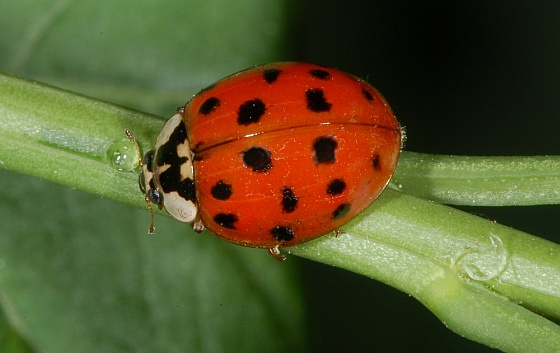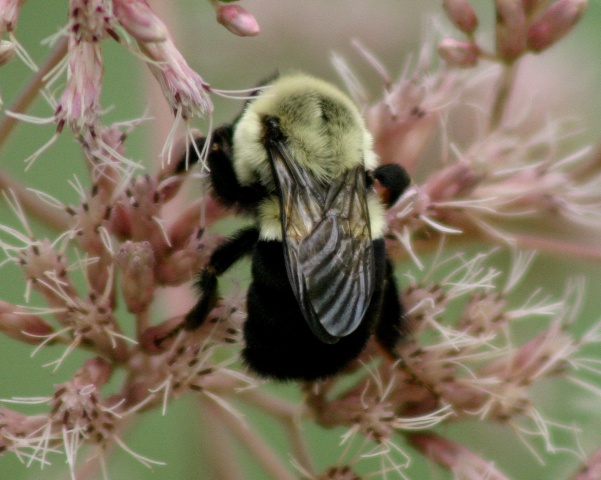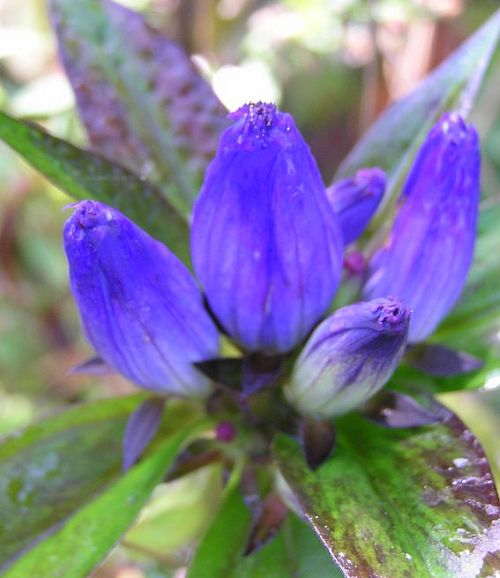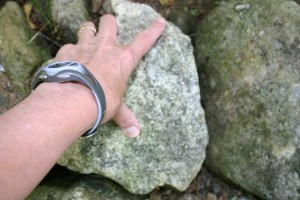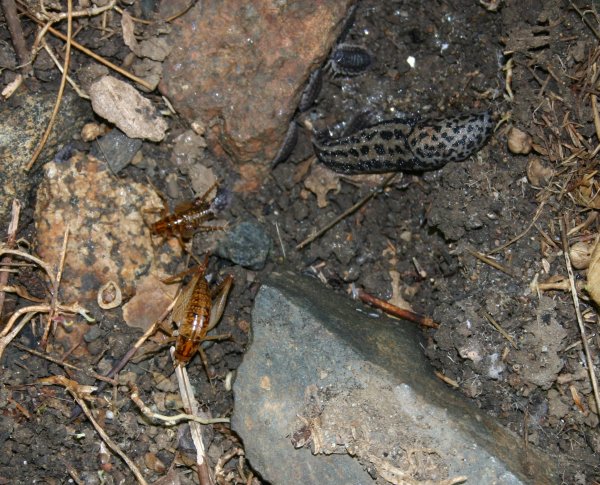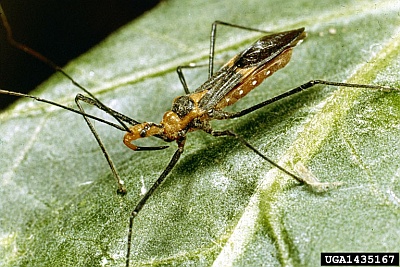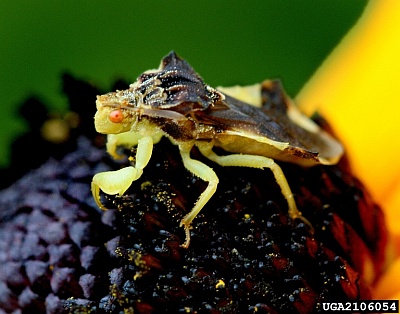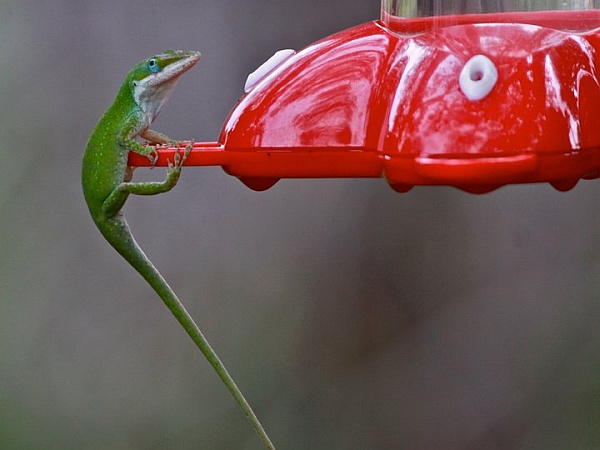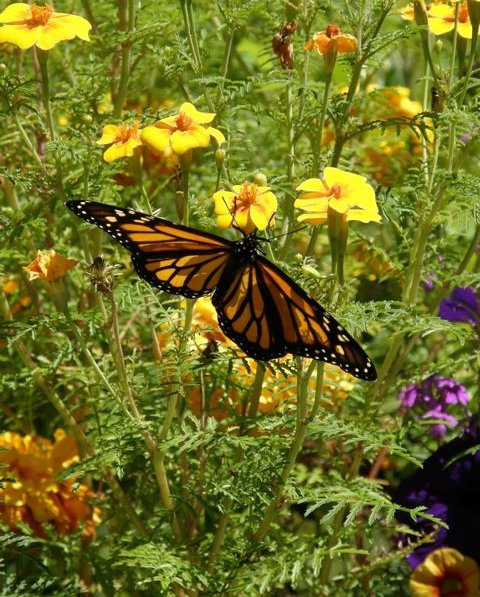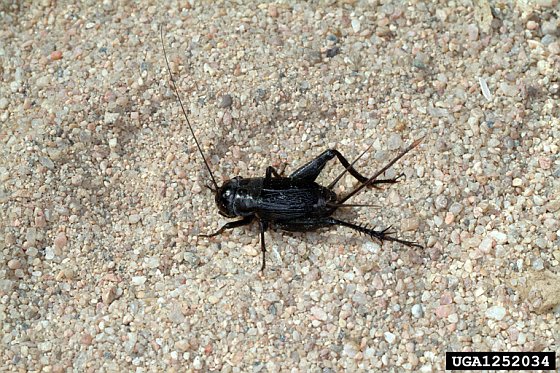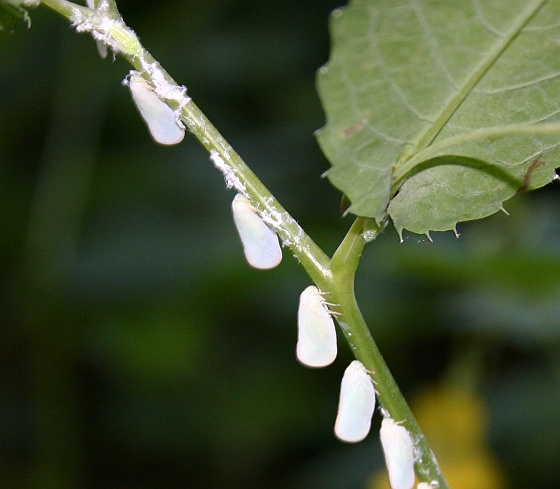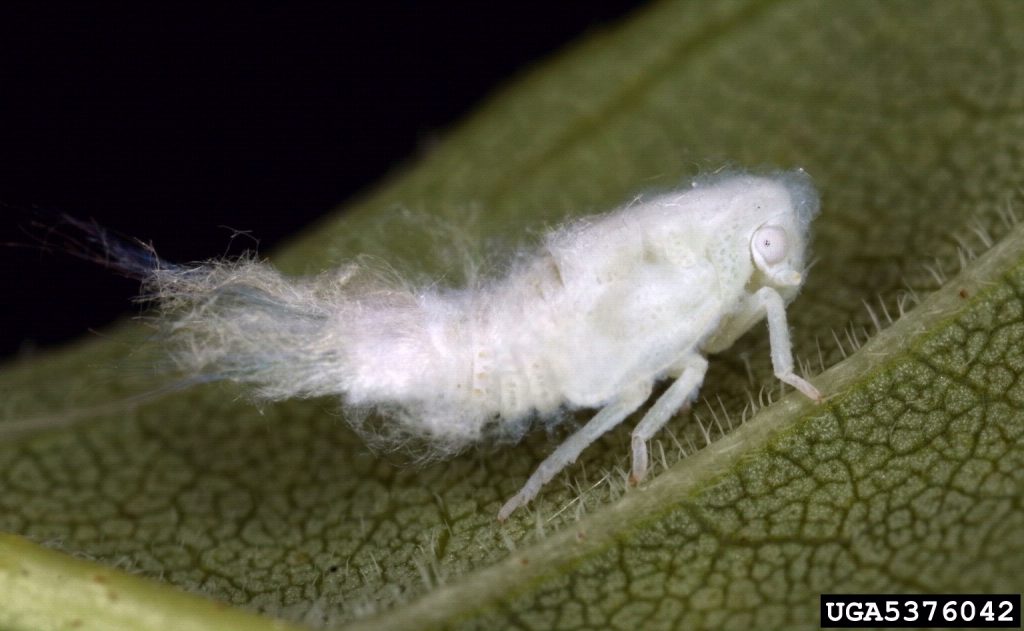Most of the time we ignore Asian lady beetles until now when they become desperate to enter our houses.
Asian lady beetles (Harmonia axyridis) specialize in eating aphids and scaled insects so they were considered a beneficial insect. Over and over they were unsuccessfully introduced in the U.S. before they miraculously — and perhaps without our assistance — gained a foothold near New Orleans in 1988. Successful introductions followed in Europe and the Americas.
Too successful. Now they’re everywhere.
One beetle would be cute but this many are a pest when coupled with these distasteful traits:
- In October they prepare to hibernate indoors, insinuating themselves by the thousands into every crack in our structures.
- They emit an unpleasant odor when frightened or smashed (hah! like stink bugs). This is a real problem when they get mixed up with grapes at wineries or you frighten the thousands inside your house.
- They out-compete native ladybugs.
- If they run out of aphids they eat the eggs and larvae of native ladybugs, butterflies and moths.
- When they’re really hungry they bite people to see if we’re edible. Ow!
During last Wednesday’s warm weather I ate my lunch on Heinz Chapel’s steps where I couldn’t help but notice that the pavement and walls were dotted with Asian lady beetles. The beetles flew around and landed on every surface, including me.
I did nothing to upset them but it didn’t matter. Some of them bit me, even through my clothing!
How annoying!
(photo from Wikimedia Commons. Click on the photo to see the original)
